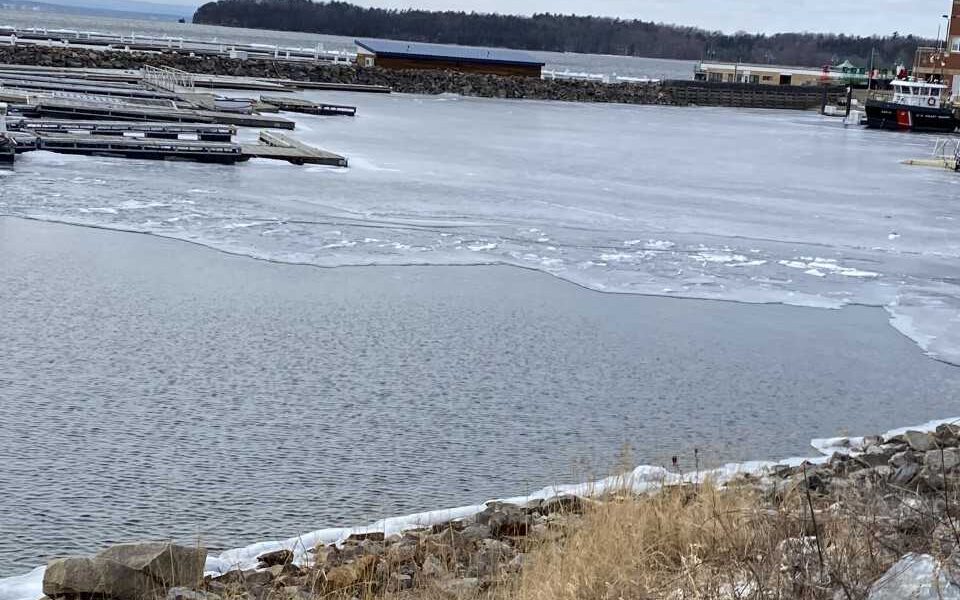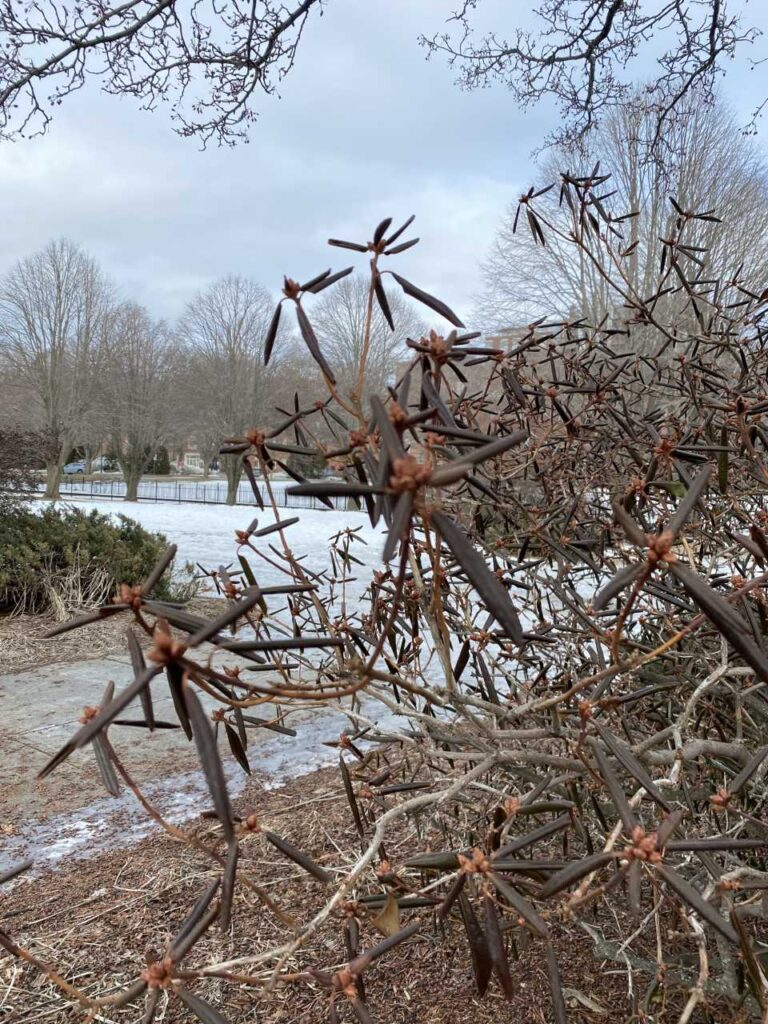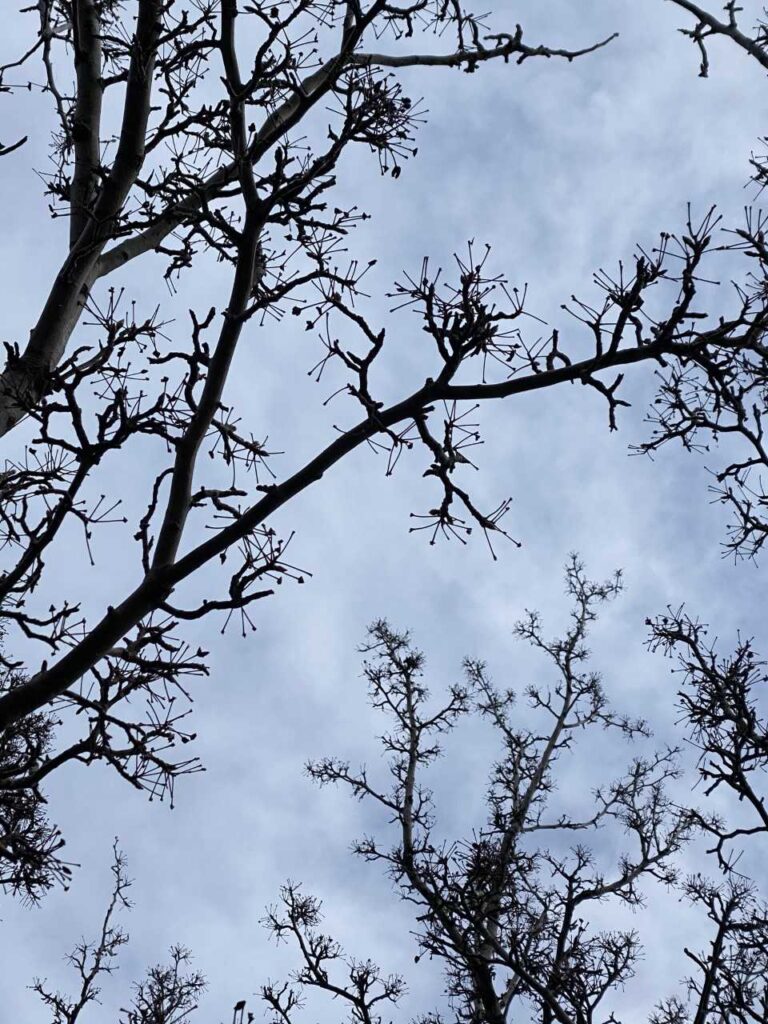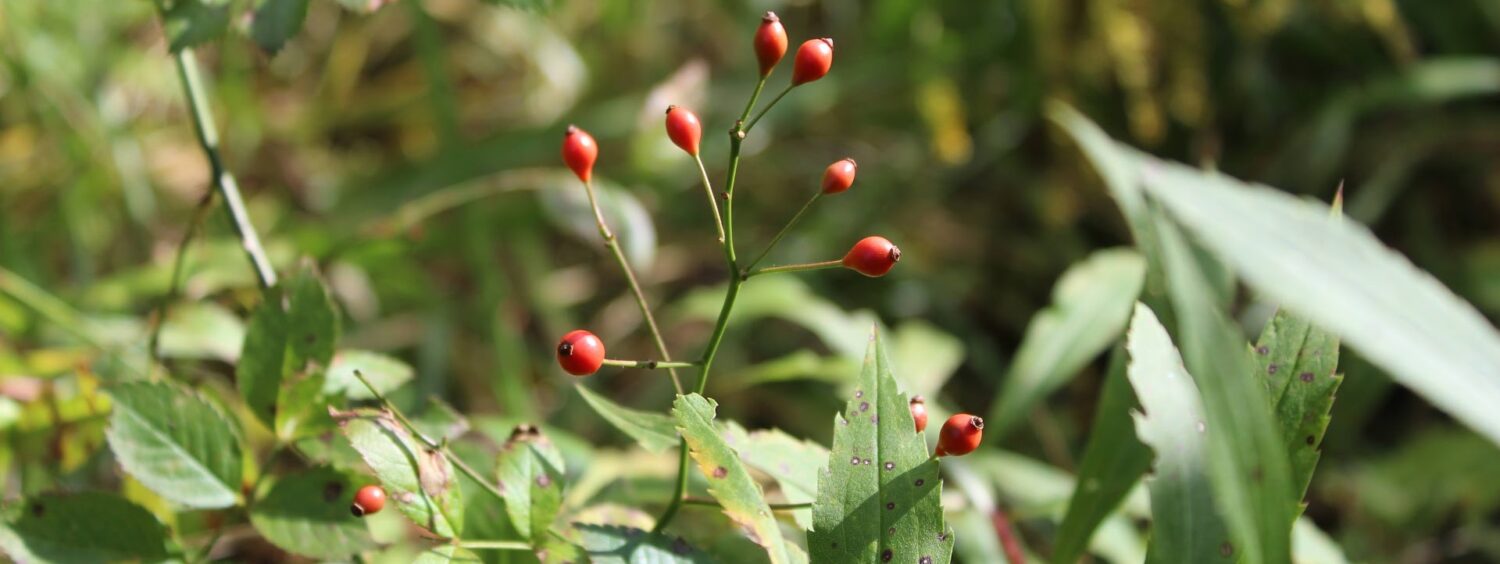After a long and harsh winter, the natural world is preparing for the reawakening of Spring. In March, animals are emerging from hibernation and breeding while plants begin to flower, marking the beginning of the phenological calendar. To observe these changes, I took a stroll alongside the Burlington waterfront.

As the weather gradually becomes warmer, the ice sheets on the lake and snow on the ground begin to recede.

Mallard ducks form pairs from October to November and remain in these pairs through March when mating season begins. Female ducks typically breed around the same area where they were hatched.
Both aquatic and terrestrial birds are active in March. Robins can remain in New England throughout the winter, however, they change their diets to survive. In the warmer months, Robins typically rely on insects, but they eat seeds during the winter and early spring while insects are dormant.


As the temperature increases, budding plants will produce a protein called Flowering Locus T, triggering flowering in the Spring.
Works Cited
Holland, M., & Kaneko, C. (2019). Naturally curious: A photographic field guide and month-by-month journey through the fields, woods, and marshes of New England. North Pomfret, Vermont.: Trafalgar Square Books.
Mallard duck facts & information. (n.d.). Retrieved March 07, 2021, from https://forum.americanexpedition.us/mallard-duck-information-facts-photos-and-artwork#:~:text=Mallard%20ducks%20will%20usually%20form,place%20where%20they%20were%20hatched.
